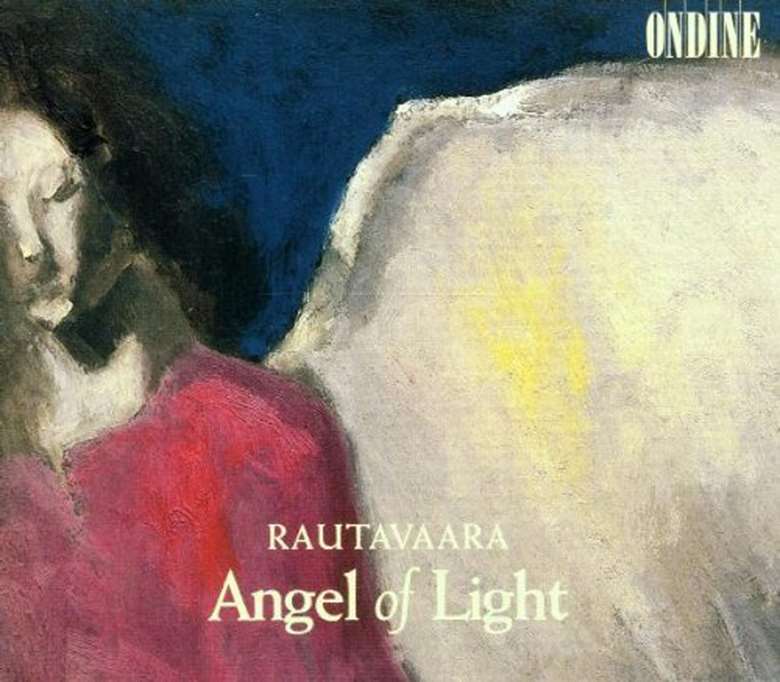Guided by Angels: an interview with Einojuhani Rautavaara
Gramophone
Thursday, July 28, 2016
A classic interview with the Finnish composer, by Hilary Finch (Gramophone, June 1996)

Register now to continue reading
Thanks for exploring the Gramophone website. Sign up for a free account today to enjoy the following benefits:
- Free access to 3 subscriber-only articles per month
- Unlimited access to our news, podcasts and awards pages
- Free weekly email newsletter







